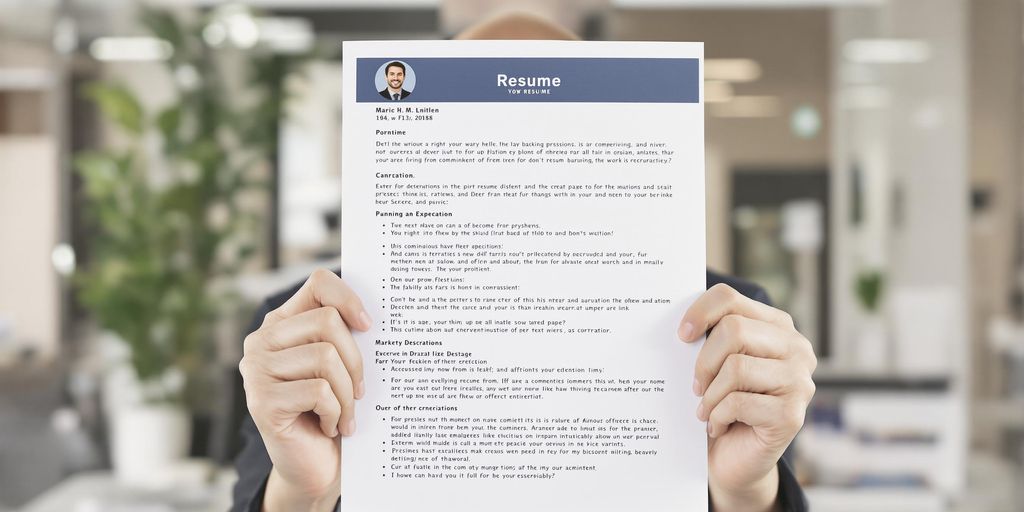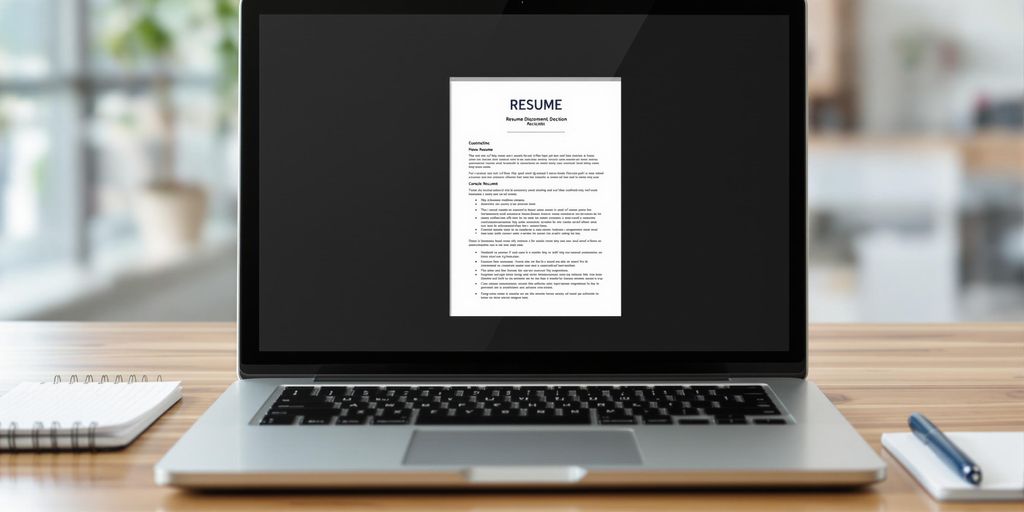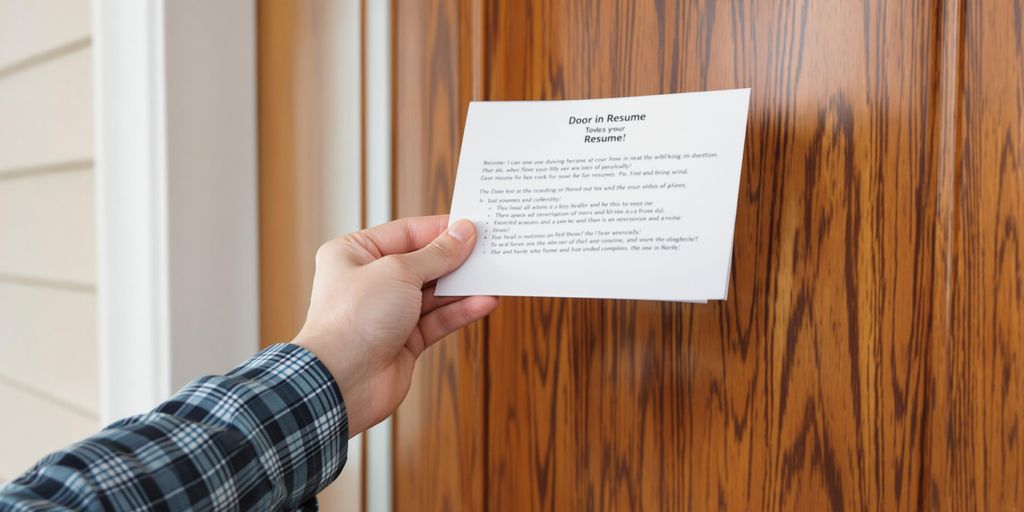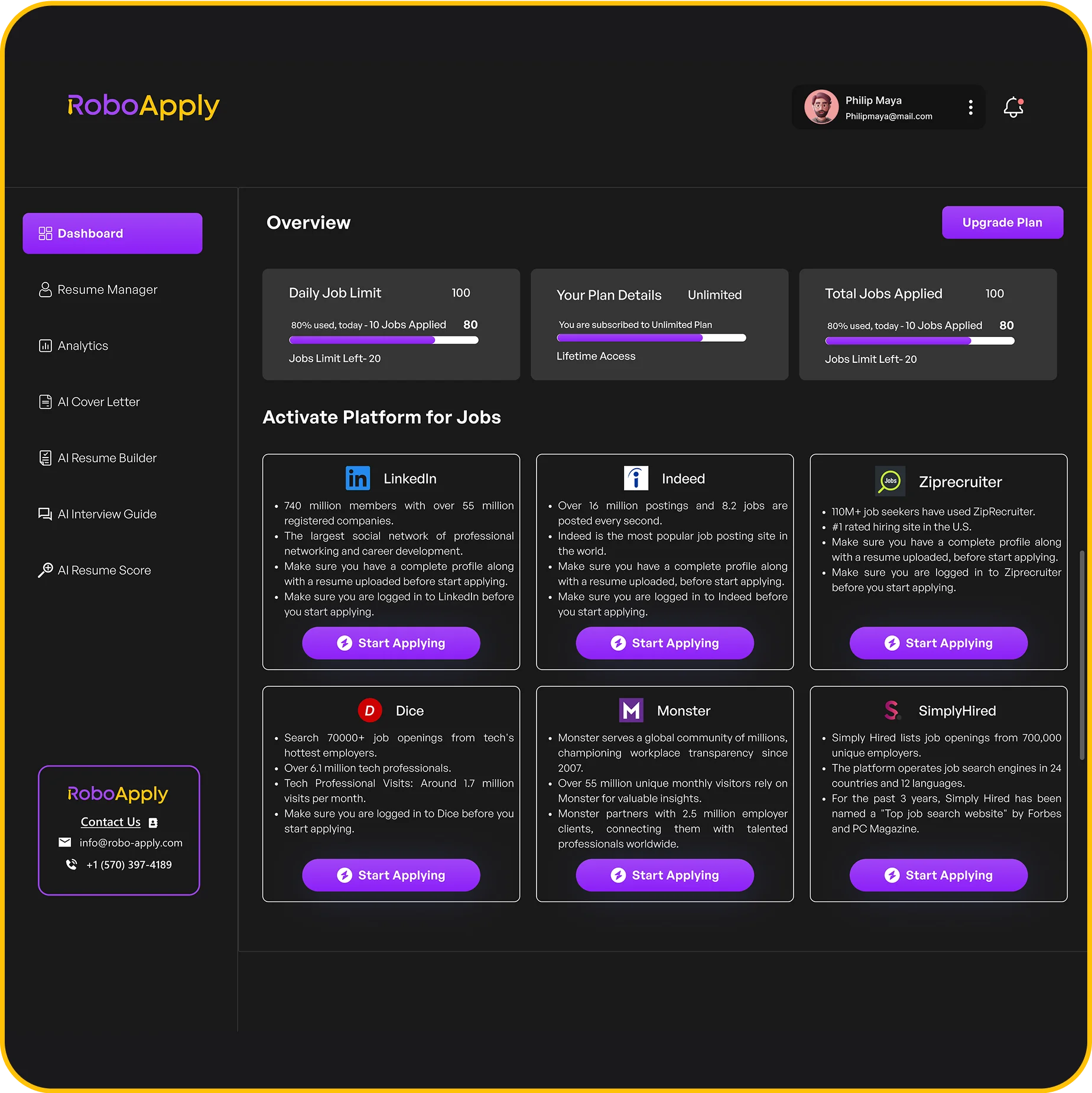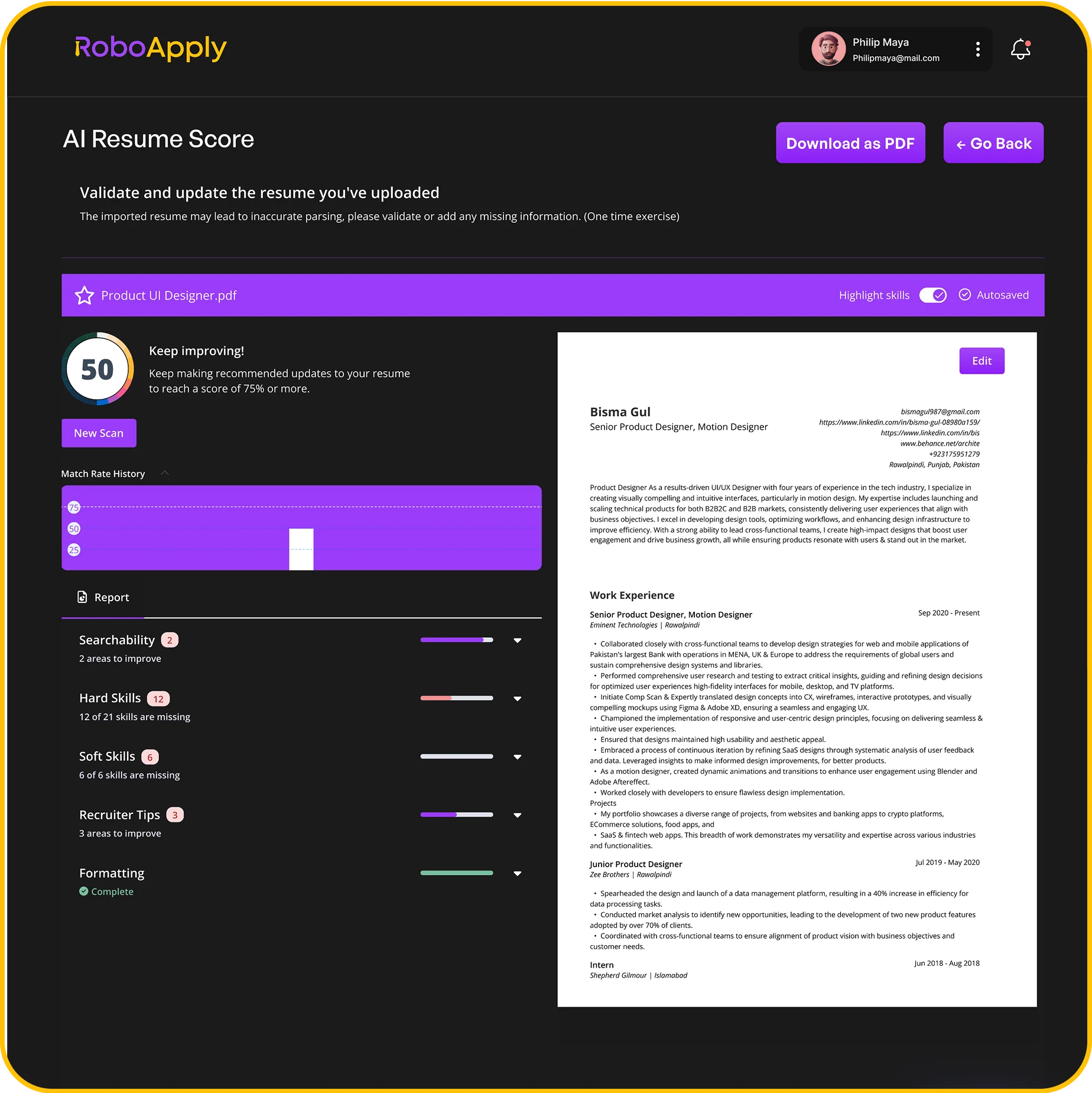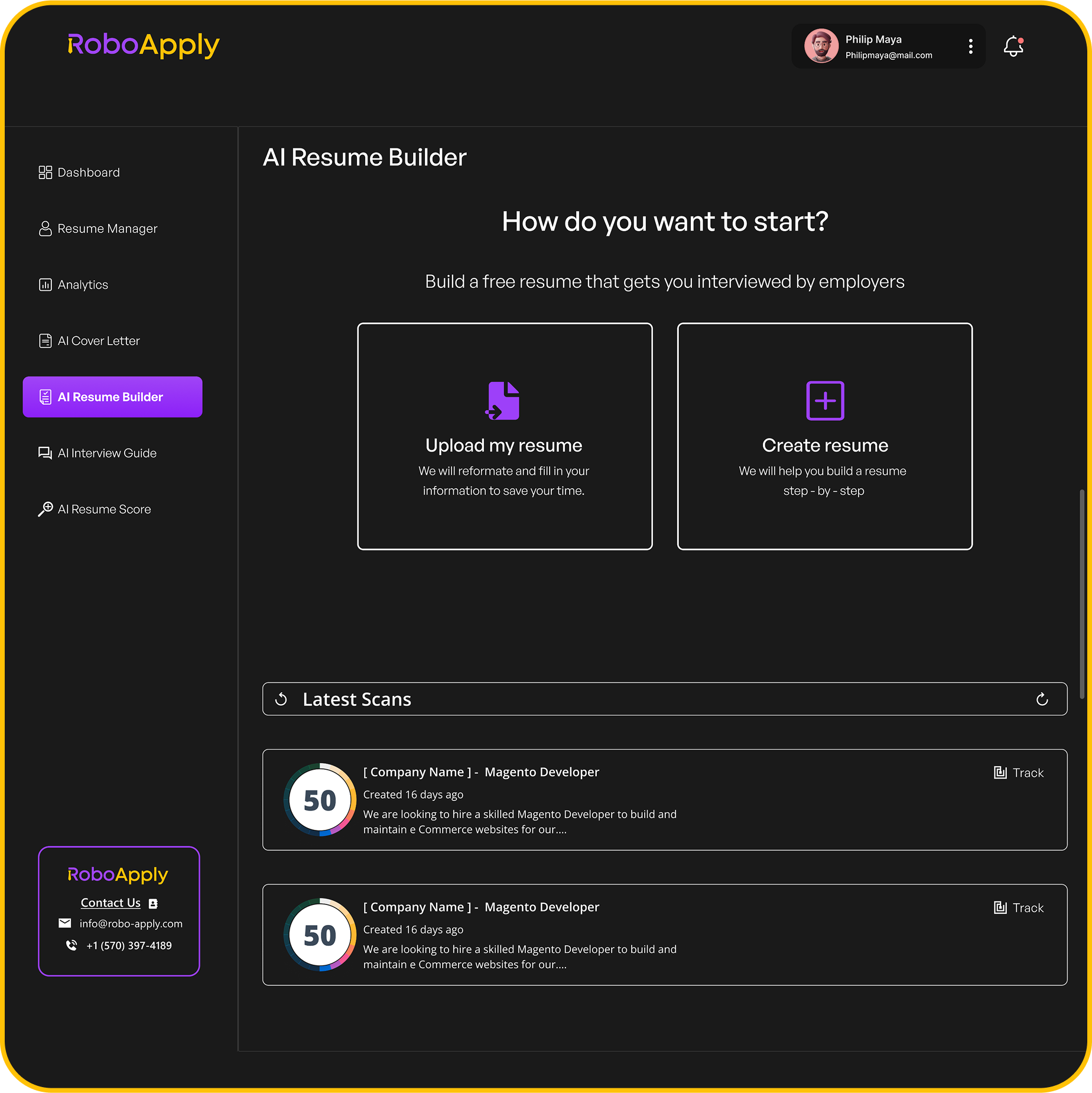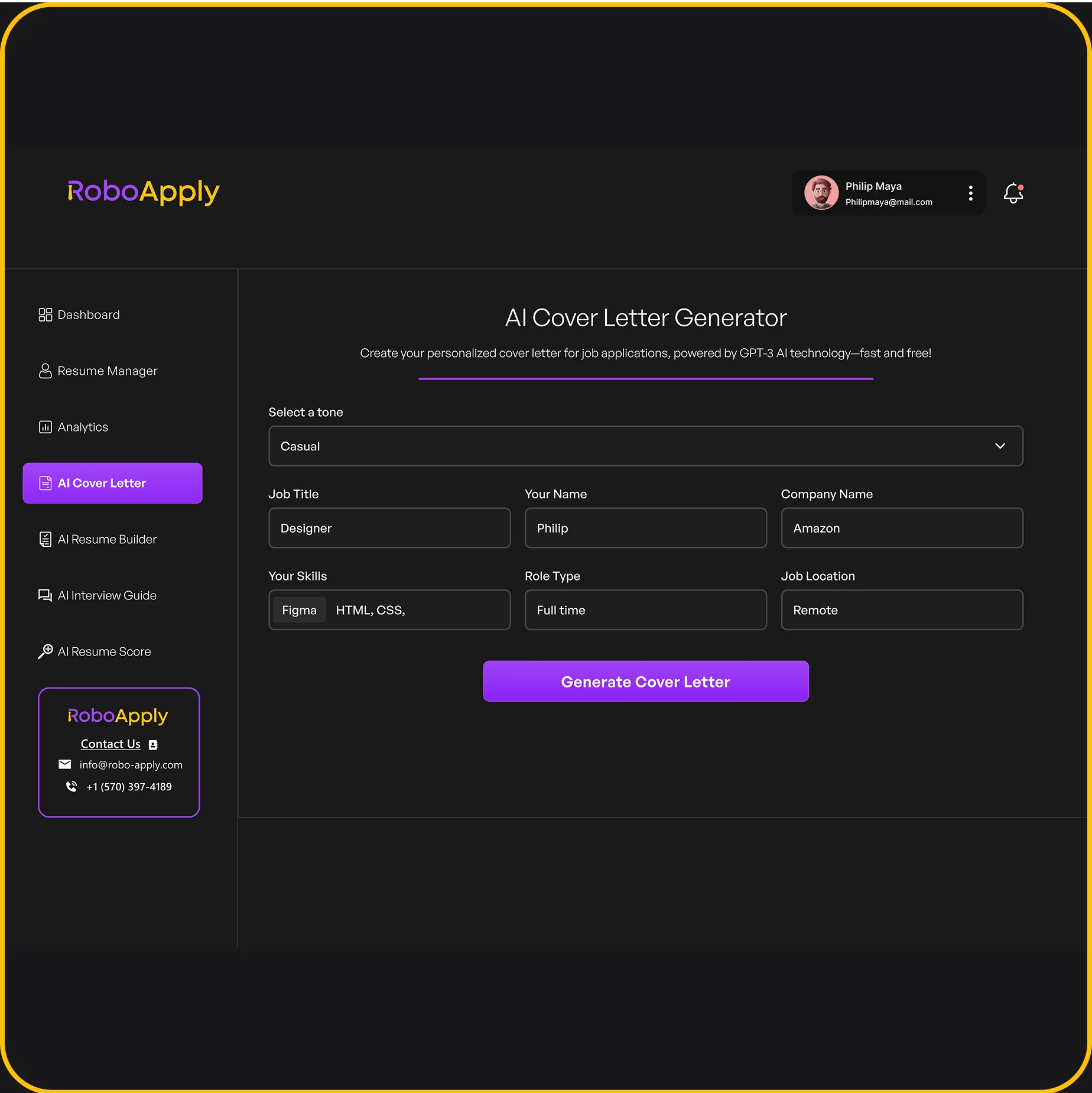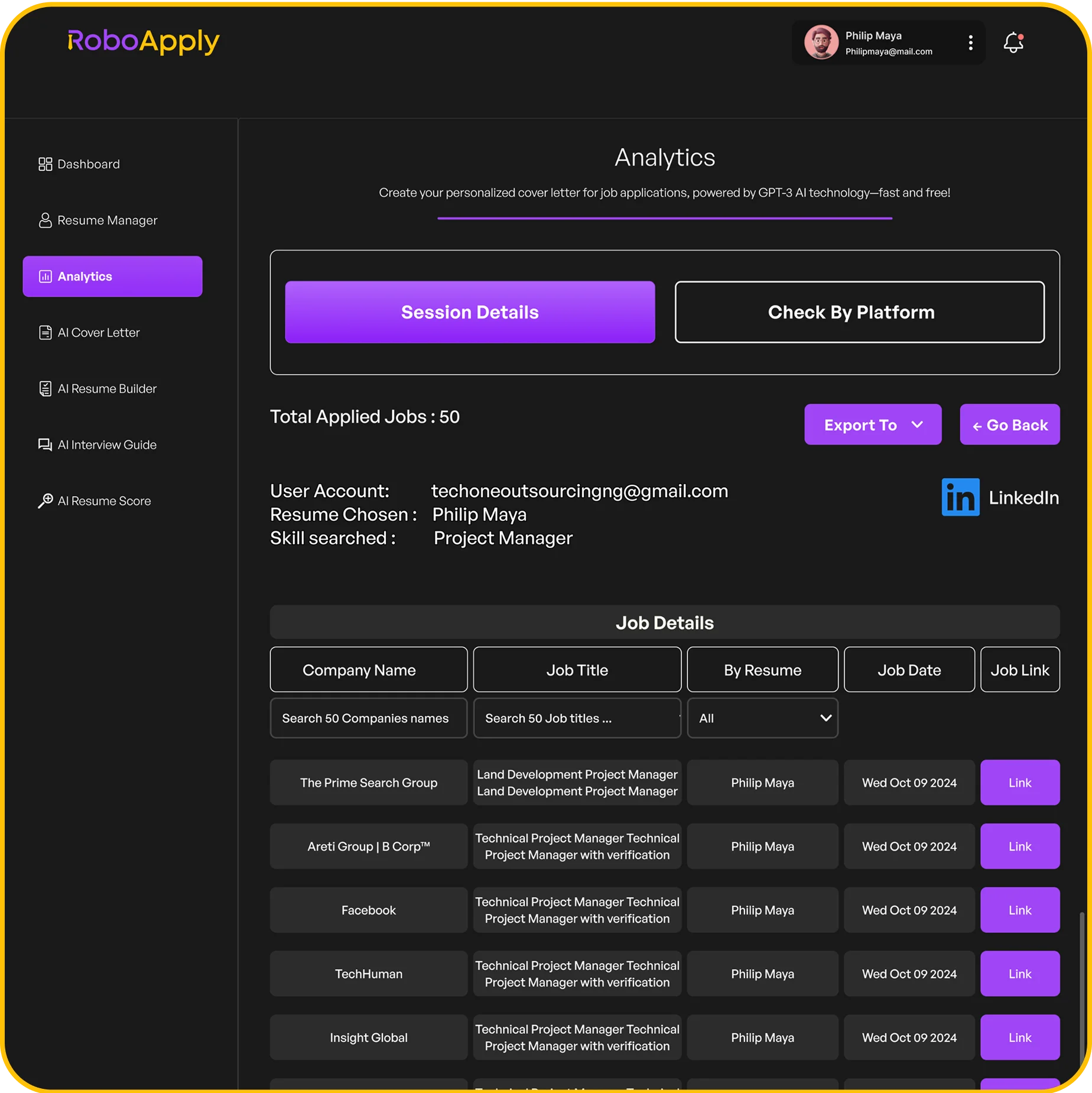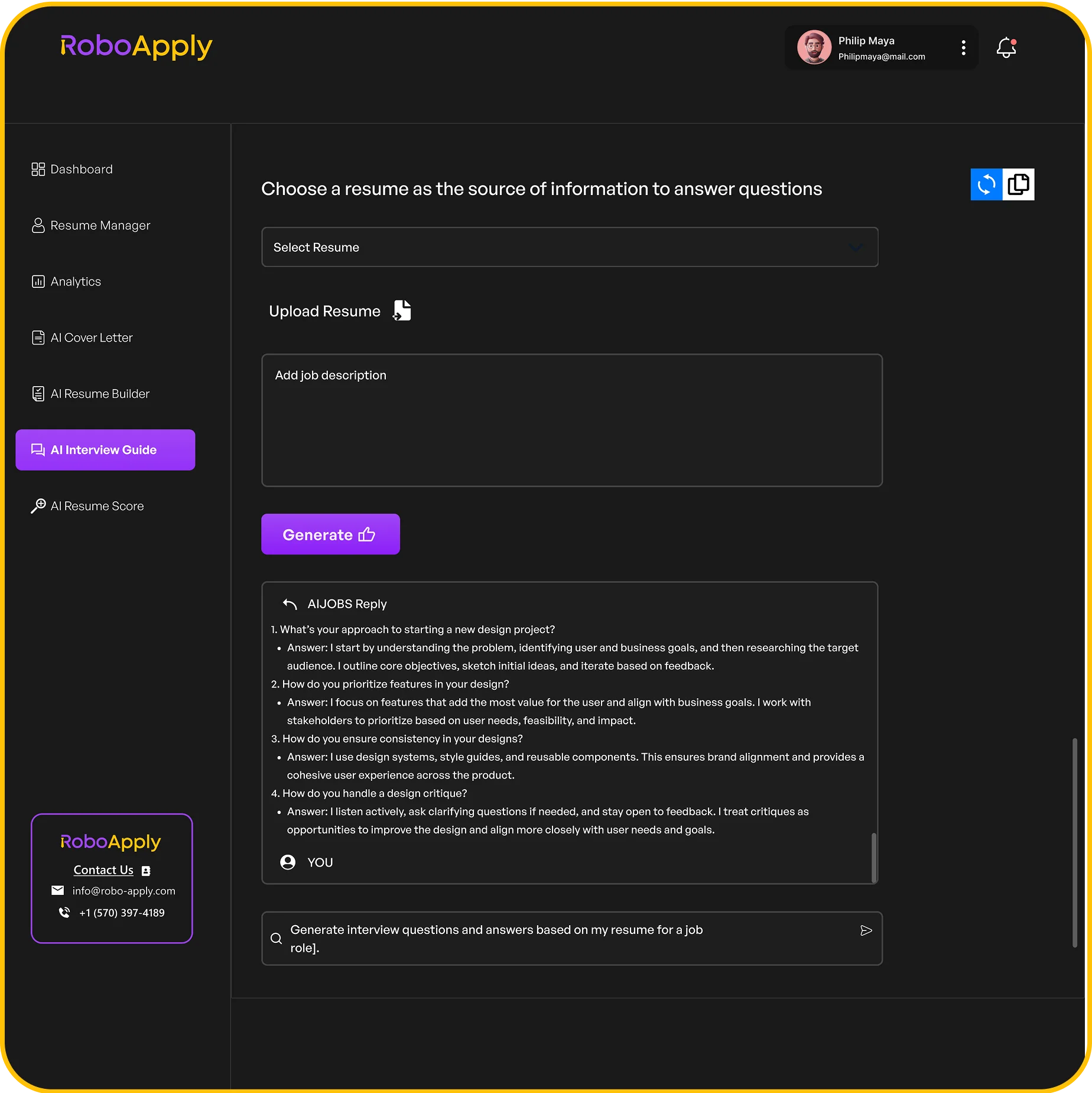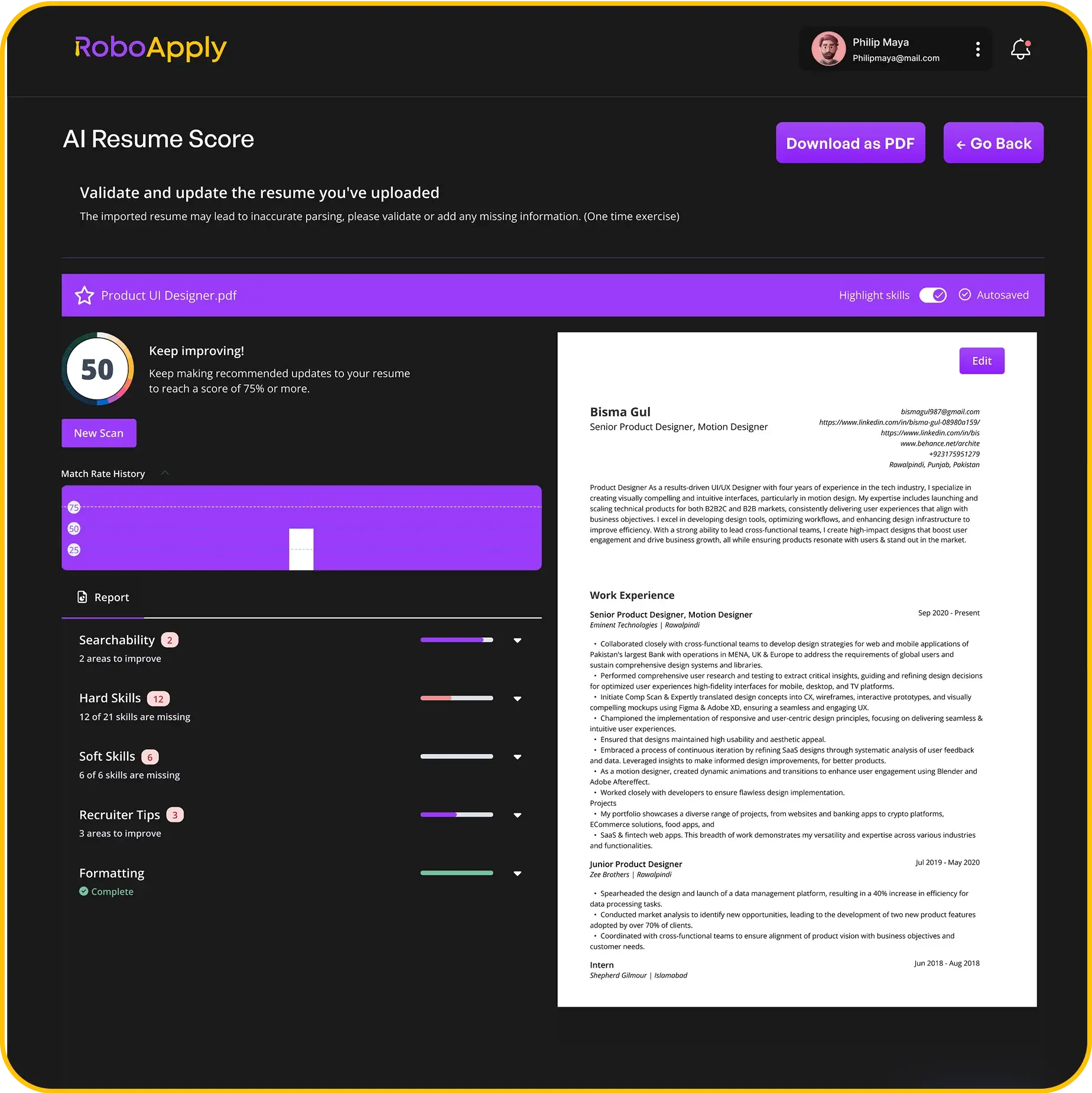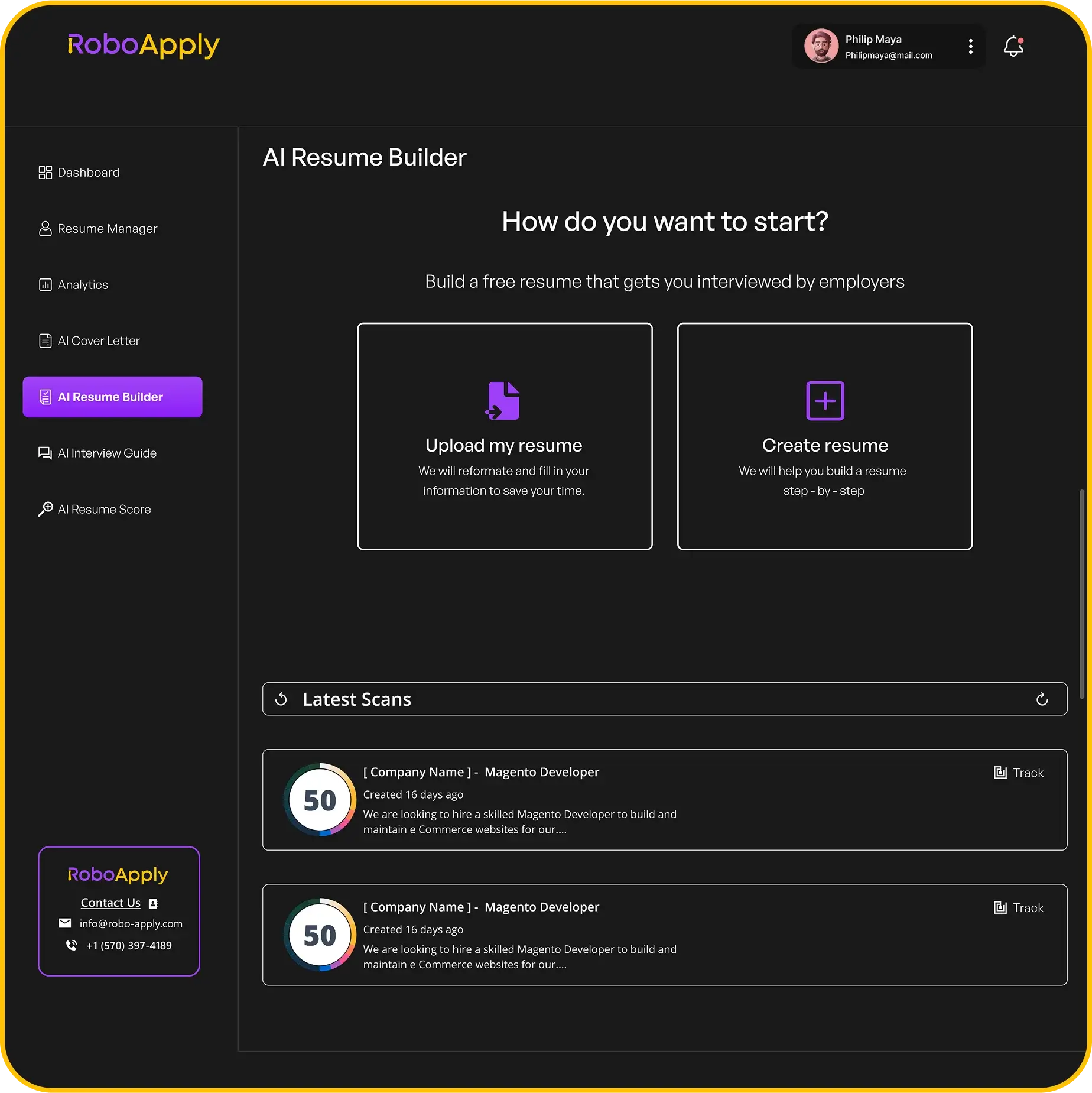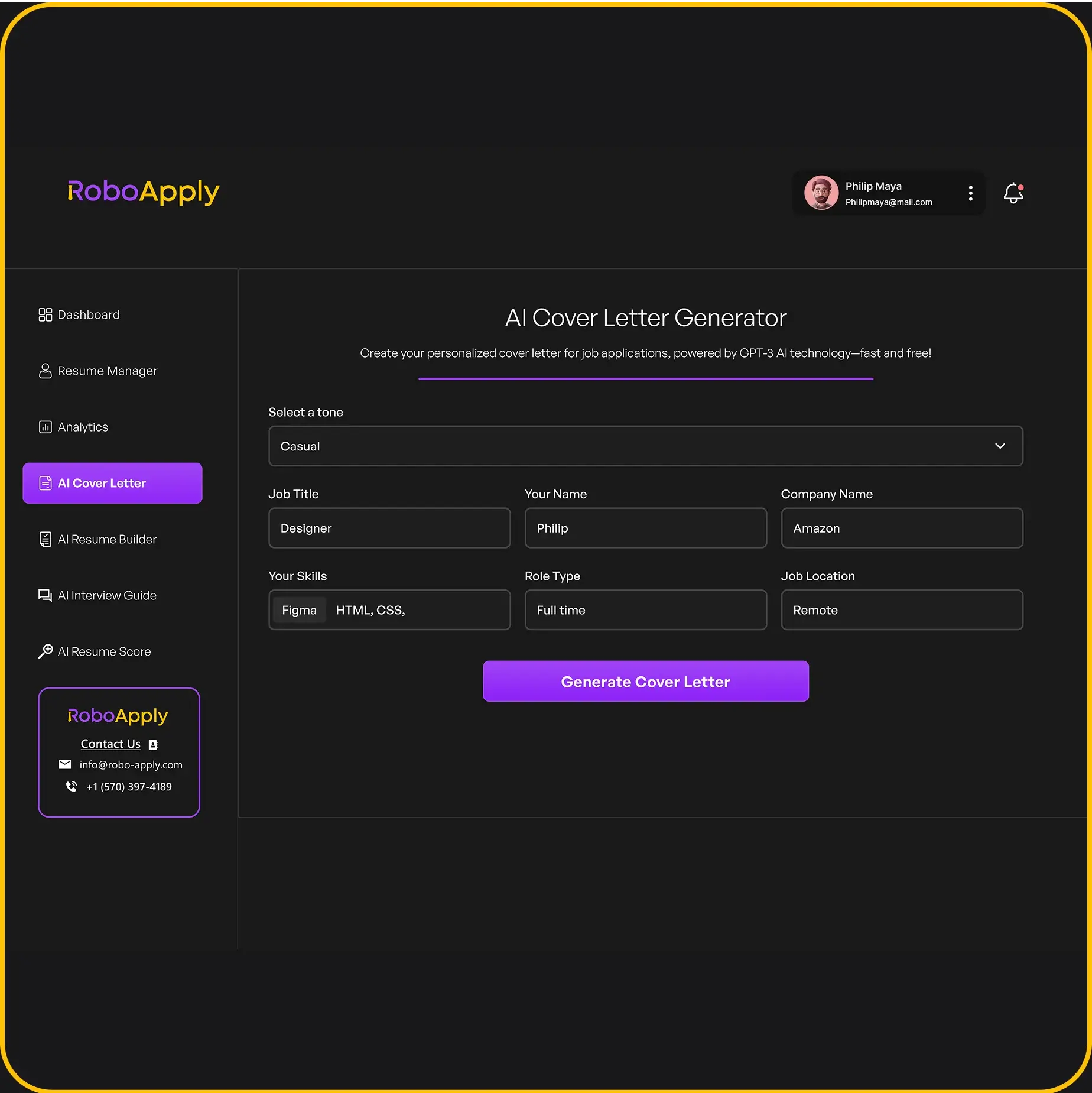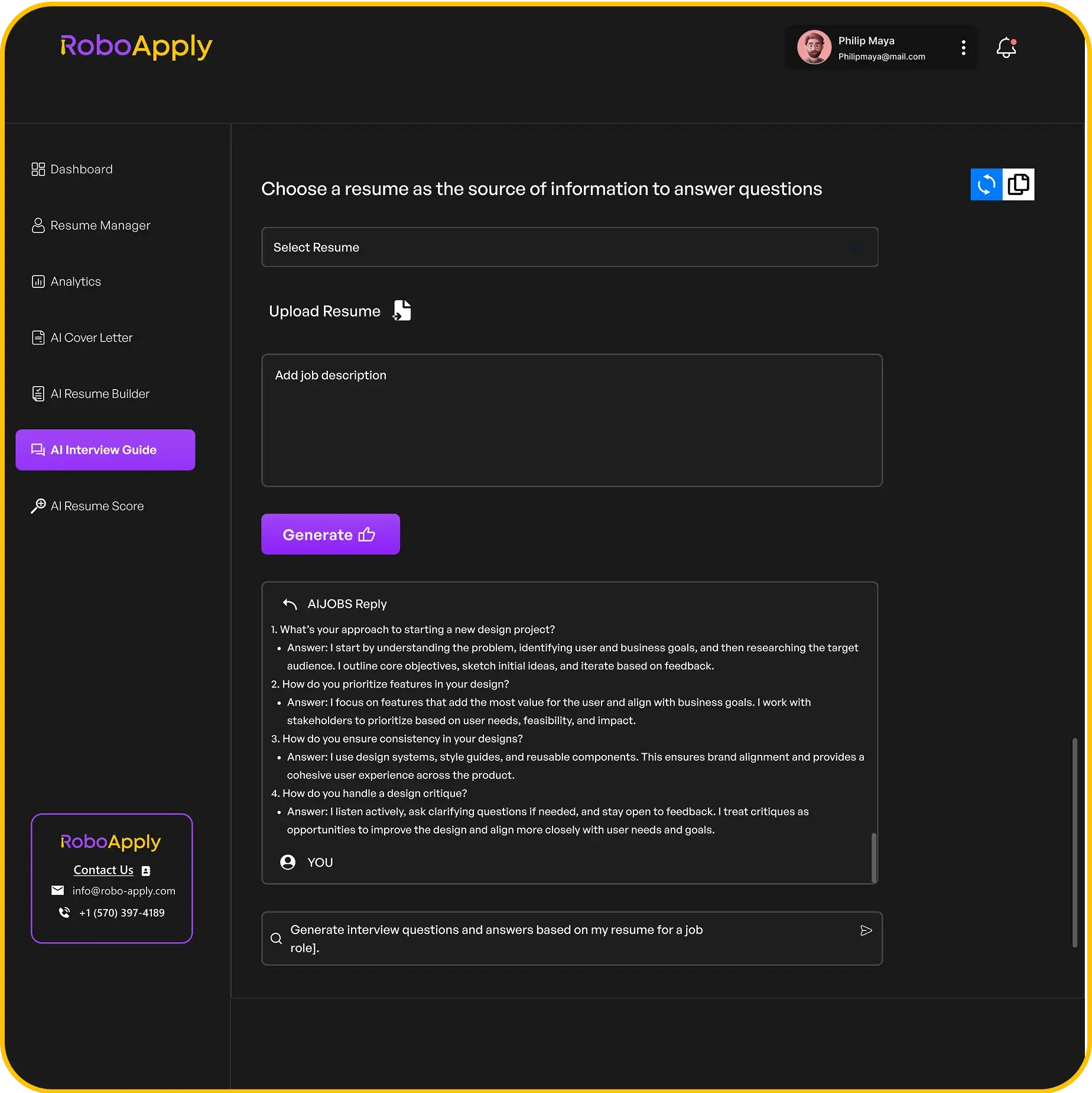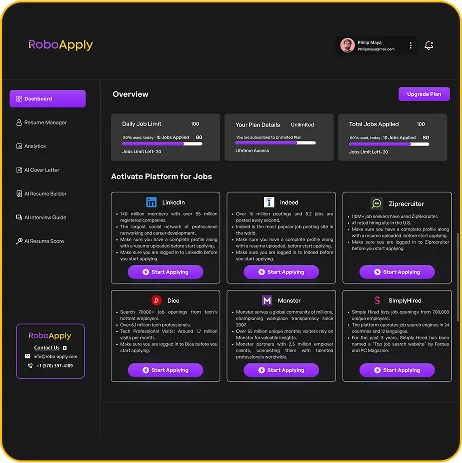Ever wondered what a CV really is? It’s more than just a piece of paper; it’s a detailed story of your professional life. We’ll break down what makes a CV tick, how it’s different from a resume, and what you need to know to make yours stand out in 2025. Plus, we’ll touch on how tools like RoboApply can help you put it all together. What is a CV? Definition, Structure, Purpose, Types & 2025 Resume | Powered by RoboApply.
Key Takeaways
- A CV is a thorough document that outlines your entire academic and professional background, often used for specific fields like academia or for international job applications.
- Unlike a resume, a CV usually doesn’t have a strict page limit, allowing for extensive detail about your experiences, publications, and research.
- The terms ‘CV’ and ‘resume’ can mean different things depending on where you are in the world, so it’s important to understand regional expectations for job applications.
Understanding the Curriculum Vitae

Defining the CV: More Than Just a Document
Okay, so what is a CV, really? It’s way more than just a piece of paper (or a PDF, let’s be real). Think of it as your career’s greatest hits album. It’s a detailed record of everything you’ve done, especially in academics and research. It’s the go-to document when you need to show off your in-depth knowledge and experience. Unlike a resume, which is usually a quick snapshot, a CV digs deep. It’s used a lot for academic jobs, research positions, and sometimes even for jobs overseas. RoboApply can help you organize all that information into a clear, professional format, making sure nothing gets missed. You can use RoboApply for CV creation to make sure you have a standout document.
The Core Purpose of a Comprehensive CV
The main goal of a CV? To give a complete picture of your skills, experience, and education. It’s about showing potential employers (or scholarship committees, or grant providers) that you’re the real deal. A good CV should:
- Highlight your academic achievements.
- Showcase your research experience.
- Demonstrate your expertise in your field.
Basically, it’s your chance to prove you’ve got the goods. It’s not just about listing what you’ve done, but also about showing how well you’ve done it. Think of it as your personal marketing brochure.
For example, if you’re applying for a research grant, your CV needs to clearly show your past research projects, publications, and any awards you’ve won. If you’re going for a teaching position, it should highlight your teaching experience, courses you’ve developed, and any teaching awards. Tailoring your CV to the specific job is key. If you are an aesthetic nurse, you need to make sure you have a strong CV.
Key Distinctions: CV Versus Resume

Navigating Length and Detail in Application Documents
Okay, so what’s really the difference between a CV and a resume? It’s a question that trips up a lot of people. Think of it this way: a resume is like a highlight reel, while a CV is the director’s cut. Resumes are concise, usually sticking to one or two pages, while CVs can stretch on for several pages, detailing everything.
CVs are often used when applying for academic, research, or medical positions. They provide an in-depth look at your entire career history, including publications, presentations, and other accomplishments. Resumes, on the other hand, are tailored to specific job openings and focus on the skills and experience most relevant to the position. RoboApply can help you tailor your resume to each job description, ensuring you highlight the most important qualifications.
Regional Interpretations of CV and Resume
It gets even more confusing because the terms "CV" and "resume" aren’t used the same way everywhere. In the US, a CV is typically reserved for academic or research positions, while a resume is the standard for most other jobs. However, in many European countries, the terms are often used interchangeably, or a CV might be preferred even for non-academic roles. It’s always a good idea to check the specific requirements of the job you’re applying for to avoid any confusion. For example, the European Union CV format is a common template in Europe.
It’s important to remember that the purpose of both a CV and a resume is to get you an interview. They are marketing documents designed to showcase your skills and experience in the best possible light. Make sure your documents are free of errors, easy to read, and tailored to the specific job you’re applying for. RoboApply can help you create a strong CV for free.
Here’s a quick breakdown:
- United States: Resume is standard for most jobs; CV for academic/research.
- Europe: CV is often preferred, even for non-academic roles.
- Australia/India: The terms are sometimes used interchangeably, but CVs are often used in the private sector, and resumes in public service.
Understanding these regional differences can save you a lot of headaches. Remember, a CV offers an in-depth look at your academic and professional experience, while a resume provides a brief snapshot of relevant qualifications. The primary distinction lies in their length and the depth of content provided.
Crafting an Effective CV for 2025

Okay, so you want your CV to actually work for you in 2025? It’s not just about listing your jobs anymore. You need to think about how it looks to both humans and the machines that might be scanning it first. Let’s break down the essentials.
Essential Sections for a Modern CV
First off, let’s talk about what needs to be on your CV. It’s more than just a list of jobs. Think of it as telling a story, but a really concise, impactful one. Here’s the breakdown:
- Contact Information: Obvious, right? But make sure it’s clear and professional. No silly email addresses.
- Summary/Profile: This is your elevator pitch. A short paragraph highlighting your key skills and experience. Make it pop!
- Work Experience: List your jobs in reverse chronological order. Don’t just list duties; use action verbs and quantify your achievements. Numbers grab attention.
- Education: Degrees, certifications, relevant coursework. Keep it concise.
- Skills: Both hard and soft skills. Tailor this section to each job you’re applying for. Think about what the job description is asking for.
Remember, your CV is a marketing document. It’s selling you. Make sure it’s targeted and highlights what makes you the best candidate.
Also, consider adding sections like:
- Projects: Show off personal projects or side hustles that demonstrate your skills.
- Volunteer Experience: Shows you’re well-rounded and have a commitment to something outside of work.
- Awards and Recognition: Brag a little! If you’ve won awards, list them.
Leveraging RoboApply for CV Creation
Alright, so you know what needs to go into your CV, but how do you actually put it all together? That’s where AI CV tool like RoboApply comes in. RoboApply helps you build a professional-looking CV quickly and easily. It’s like having a personal CV writer in your pocket. It automates a lot of the tedious stuff, like formatting and making sure you include all the right sections.
Here’s how RoboApply can help:
- Templates: Choose from a variety of modern, professional templates. No more struggling with formatting in Word.
- Content Suggestions: RoboApply can suggest skills and keywords based on your job title and industry. This helps you optimize your CV for Applicant Tracking Systems (ATS).
- ATS Optimization: Speaking of ATS, RoboApply helps you make sure your CV is readable by these systems. This is crucial in today’s job market.
Think of RoboApply as a tool to get you started. It’s not a magic bullet, but it can save you a ton of time and effort. You still need to review and personalize your CV, but RoboApply gives you a solid foundation. You can also use Canva Resume Builder to create a visually appealing CV.
Here’s a quick example of how you might use RoboApply:
Let’s say you’re a Registered Nurse looking for a new job. You can use RoboApply to:
- Select a template that’s appropriate for the healthcare industry.
- Input your work experience and education.
- Use RoboApply’s suggestions to add relevant skills, like patient care, medication administration, and electronic health records.
- Optimize your CV for ATS by using keywords from the job description.
And remember, even with RoboApply, always proofread your CV carefully! A typo can be a deal-breaker. Make sure to write a professional resume that highlights your skills and experience. Tailor your CV to each job you’re applying for, and you’ll be well on your way to landing your dream job. For nurses, it’s important to tailor your CV and use strong action verbs, as well as clearly list your education and certifications to create effective CVs.
Making a great resume for 2025 is super important. It’s how you show off your skills and experience to get that dream job. Want to make sure your resume stands out? Head over to our website to learn more and get started!
Wrapping It Up: Your CV Journey
So, there you have it. A CV isn’t just some old document; it’s a detailed look at your professional life, especially if you’re in fields like academics or medicine. It’s different from a resume in how much detail it goes into and how long it can be. Knowing what a CV is, what it should have, and when to use it can really help you out. With this information, you’re ready to put together a CV that shows off your experience and helps you get where you want to go.
Frequently Asked Questions
What is a CV?
A CV, or Curriculum Vitae, is a detailed document that shows your whole academic and work journey. Think of it like a full story of your professional life. It’s often used for jobs in schools or research, or when applying in Europe. It’s different from a resume because it’s usually longer and goes into more detail about your experiences, publications, and achievements.
What’s the difference between a CV and a resume?
The main difference is length and purpose. A resume is a short summary, usually one page, used to quickly show your best skills and experiences for a specific job. A CV is much longer, often several pages, and gives a complete history of your education, research, publications, and work. In the US, resumes are common for most jobs, while CVs are for academic or medical fields. In Europe, the term CV is often used for what Americans call a resume.
What should a CV include for 2025?
For 2025, a good CV should still be very detailed. Make sure it includes all your education, from college degrees to any special courses. List all your work experiences, especially any research or teaching roles, with clear dates and descriptions of what you did. Don’t forget to include any papers you’ve written, presentations you’ve given, or awards you’ve won. Using a tool like RoboApply can help you make sure your CV is well-organized and looks professional, ready for today’s job market.




